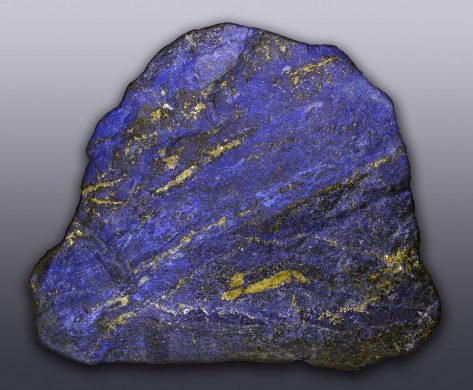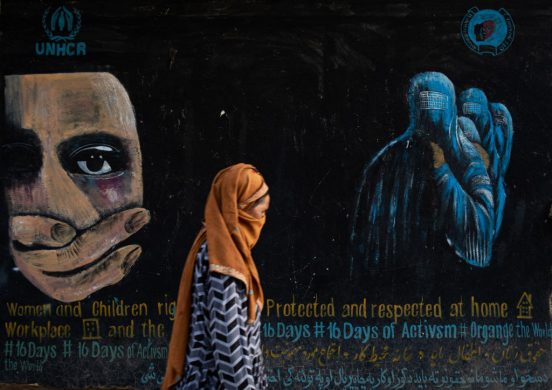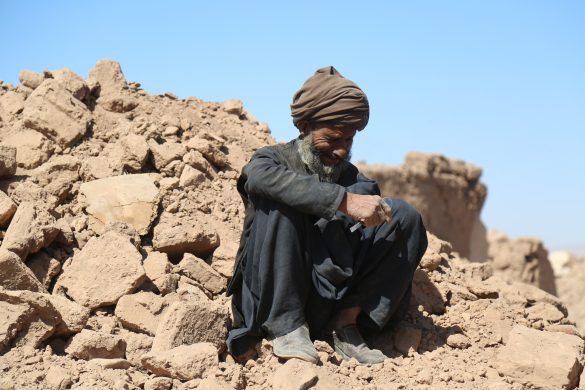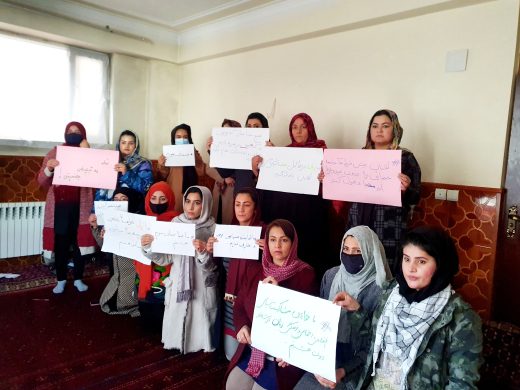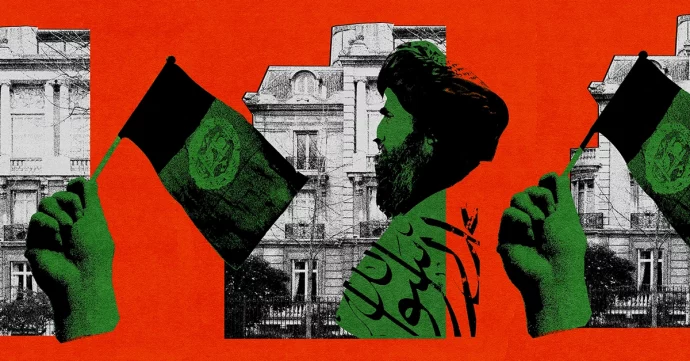The mines of the rugged northeastern province of Badakhshan are one of the richest assets of the Afghan people, an extraordinary national treasure that should be a powerful resource for development.
Instead, as a two-year investigation reveals, they are a major source of conflict and grievance, supply millions of dollars of funding to armed groups, insurgents, and strongmen, and provide a tiny fraction of the benefit they should to the Afghan people.
Without a coherent response, these mines – and others like them across Afghanistan – represent not just a lost opportunity, but a threat to the whole country.
The direct rivals in the violent competition for Badakhshan’s ancient lapis lazuli mines are two local strongmen.
Both have exploited the mines, both have links to national politics, and both allegedly have had back-door ties to the Taliban.
According to rough but plausible estimates, the revenue going to these strongmen and the Taliban from just one small area of Badakhshan rivals the government’s declared income from the entire Afghan natural resources sector. For now, the lapis which supplies much of the world market is, by any reasonable definition, a conflict mineral.
This struggle is one of resources, not ideology: a “business war.” But it has nonetheless created the conditions in which the Taliban – who have a close relationship with the local affiliate of the Islamic State – threaten to take the mines, and already control the much of their revenue.
And it is a major reason why a province which resisted the Taliban at the height of their power is now one of their strongholds. Amid the conflict and lawlessness around the mines, it is the insurgency that has benefitted above all.
Læs videre i nedenstående link.

